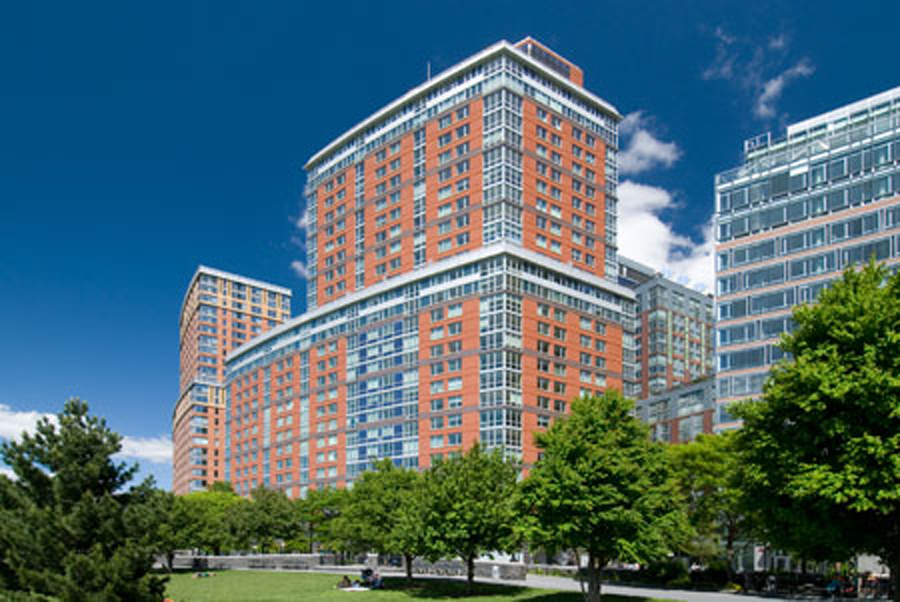This post has been read 2991 times!
 September 28, 2013- the NY Times is reporting that the Solaire building, hyped as super green, failed a grading system of the city that ranks energy efficiency of buildings. “Among the city’s best-known residential addresses, the Dakota, on the Upper West Side, scored an A. Trump World Tower near the United Nations received a C. And some buildings in Lower Manhattan that market themselves as green, like the Solaire and TriBeCa Green, got Ds.”
September 28, 2013- the NY Times is reporting that the Solaire building, hyped as super green, failed a grading system of the city that ranks energy efficiency of buildings. “Among the city’s best-known residential addresses, the Dakota, on the Upper West Side, scored an A. Trump World Tower near the United Nations received a C. And some buildings in Lower Manhattan that market themselves as green, like the Solaire and TriBeCa Green, got Ds.”

This an opportune time to discuss the “green” aspects of Battery Park City as they relate to the air quality outside of the Solaire residential building. The Port Authority Ferry Terminal is producing a massive amount of noise pollution in Battery Park City.
There are federal laws to silence train horns in quiet zones that logically should apply to New York Waterway ferry horns. Rep. Nadler attended a CB1 meeting recently and, thanks to your effort, is finally aware of this problem.
I urge all community leaders, including Rep. Nadler, to discuss this major matter of noise pollution that affects thousands of people who live in or visit the community every day. It is important to fight against noise pollution that often leads to others problems including crime.
William H. Stewart, former US Surgeon General, stated, “Calling noise a nuisance is like calling smog an inconvenience. Noise must be considered a hazard to the health of people everywhere.”
Since 2005, American communities have been able to establish Quiet Zones, designated stretches of track where the routine sounding of train horns near public crossings is not required under federal laws. Logically, the laws that silence train horns should be an example to silence ferry horns. The Federal Railroad Administration’s requirements for quiet zones include safety standards that must be met to establish a quiet zone. As freight rail traffic increased in urban areas, there were more proposals to establish quiet zones.
The Noise Control Act of 1972 was the first federal law to regulate noise pollution and found 1) the major sources of noise include transportation vehicles, and 2) while primary responsibility for control of noise rests with state and local governments, federal action is essential to deal with major noise sources in commerce control of which require national uniformity.
It’s time for community leaders to step up and address noise pollution and take actions similar to those used against train horns.